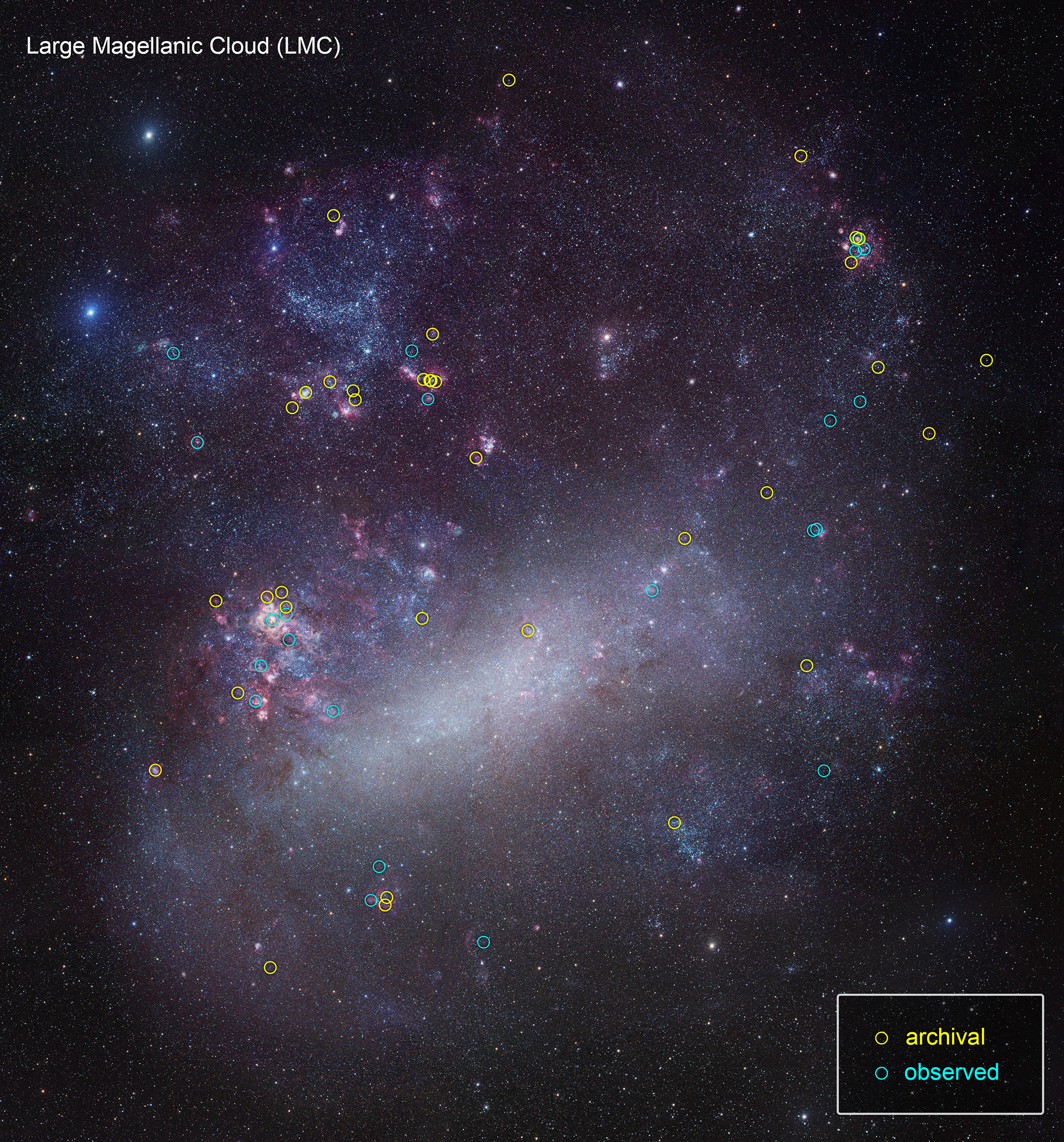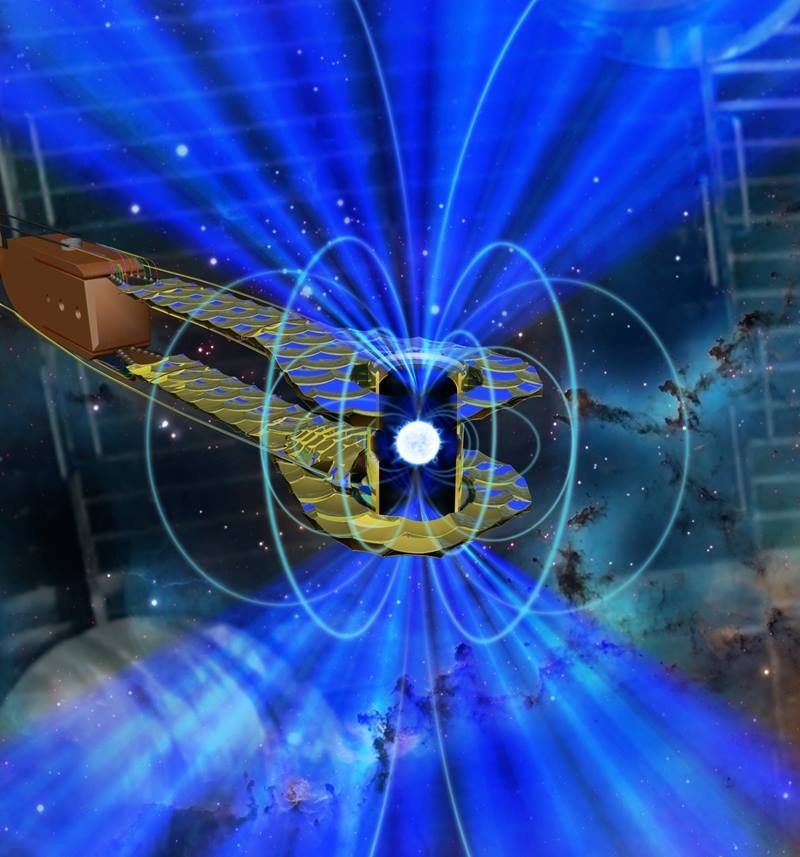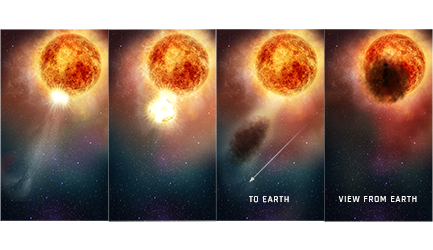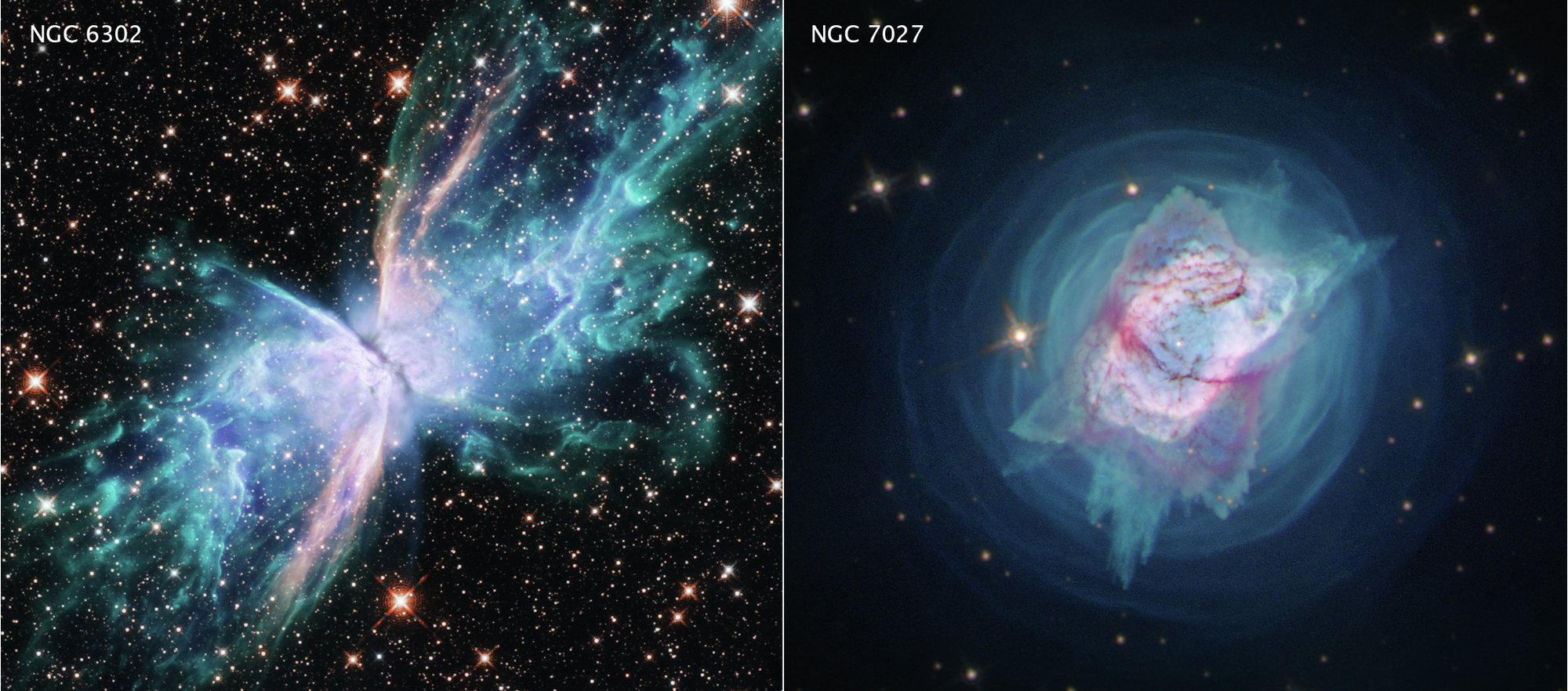Neutrinos can change their identities or “flavors” when they interact. Researchers recently found that the neutrinos in a very dense environment such as a core collapse supernova can develop strong correlations through mutual interactions. This means that over time, neutrinos with different initial flavors reach a similar equilibrium flavor and energy distribution.
Tag: stellar evolution
Deep learning speeds up galactic calculations
A new way to simulate supernovae may help shed light on our cosmic origins
Extreme Weight Loss: Star Sheds Unexpected Amounts of Mass Just Before Going Supernova
A newly discovered nearby supernova whose star ejected up to a full solar mass of material in the year prior to its explosion is challenging the standard theory of stellar evolution.
Star formation in distant galaxies by the James Webb Space Telescope
Thanks to the James Webb Space Telescope’s first images of galaxy clusters, researchers have, for the very first time, been able to examine very compact structures of star clusters inside galaxies, so-called clumps.
Stellar initial mass function varies with metallicity and age of stars
In the vast and diverse Universe, the initial mass distribution at the birth of a new population of stars determines the fate of galaxies.
Oxygen Formation in the Light of Gamma Beams
Nuclear fusion reactions in stars consume carbon-12 to produce oxygen-16, and the resulting ratio of carbon to oxygen shapes a star’s evolution. Physicists have not been able to measure this ratio with precision using existing experimental methods. A new method shines gamma beams on an oxygen-16 target and captures images of the outgoing reaction products to obtain higher-quality data on this reaction.

Hubble Launches Large Ultraviolet-Light Survey of Nearby Stars
This is a ground-based telescopic photo of the Large Magellanic Cloud, a satellite galaxy of our Milky Way. The LMC is one of several select targets of a new initiative with NASA’s Hubble Space Telescope, called ULLYSES (UV Legacy Library of Young Stars as Essential Standards). The program is looking at over 300 stars to build an ultraviolet-light catalog for capturing the diversity of stars, from young to old, to give astronomers a much better understanding of the birth of stars and how this relates to everything from planets to the formation and evolution of galaxies.

Shedding Light on Stellar Evolution
After burning their fuel, most stars become white dwarf stars. The high-energy-density states in these stars are extremely difficult to reach and characterize in the laboratory. Now, scientists have conducted new experiments on these high-pressure conditions using the world’s most energetic laser.

Hubble Finds that Betelgeuse’s Mysterious Dimming Is Due to a Traumatic Outburst
Hubble Space Telescope observations show that the unexpected dimming of supergiant star Betelgeuse was probably caused by an immense amount of hot plasma ejected into space. The plasma cooled, forming a dust cloud that blocked starlight coming from Betelgeuse’s surface.

Hubble Provides Holistic View of Stars Gone Haywire
New images from the Hubble Space Telescope have helped researchers identify rapid changes in material blasting off stars at the centers of two planetary nebulas NGC 6302 and NGC 7027— causing them to reconsider what is happening at their cores.